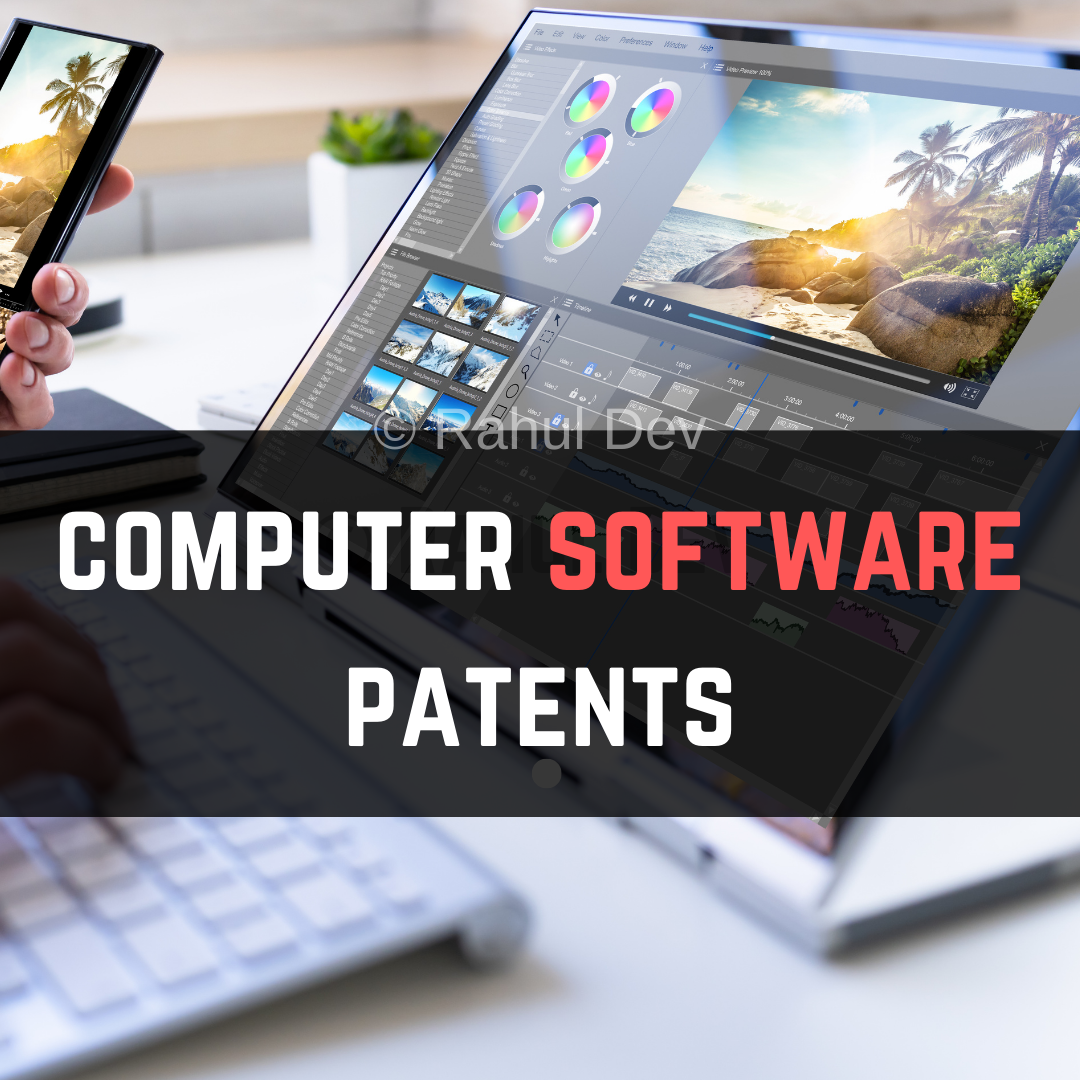
Patent attorneys conduct freedom to operate search for product clearance to review the patents in a specific geography. This review of patents covers the active patents that can create obstacles during the launch of new products. Companies interested in new product launches opt for conducting FTO patent searches to avoid a scenario of potential patent infringement. The main difference between a FTO search and other patent searches is that the FTO analysis is aimed at a particular geography or jurisdiction. This is so because patent rights are territorial in nature and accordingly, companies opt for multiple freedom to operate searches depending on the various countries where new products are to be launched.
The Freedom to Operate Search is also termed as Infringement Analysis or Clearance Search, so as to guarantee whether any product or procedure utilized or duly carried by an entity isn’t infringing on any live patent’s claim. It is simply used to discover whether there is the freedom to operate and invention in a specific jurisdiction from a legal perspective. In the event that an FTO is seen as negative, for example, live patent with claims covering the innovation to be operated is found, the entity planning to operate the invention may, not continue to operate the invention, or, decide to invalidate or contradict the applicable patent, or, apply for a license or purchase the pertinent patent with a view to avoid patent infringement.

FTO searches which are additionally now and again alluded to as ‘clearance searches’ are generally directed in situations where a release of the product is focused on. This sort of search basically distinguishes potential patent barriers to the commercialization of products or advancements and is ordinarily directed as an IP due diligence exertion to forestall potential infringement. This search helps an organization in understanding whether a proposed product or invention doesn’t disregard any active patent. The proof may likewise be utilized to guarantee that one must know about possible infringement to take proper business activities. The clearance search is extremely helpful in revealing certain applications that are in the patent-pending status, which if in the long run are granted patent rights, maybe potentially infringed by the results or the product that is presently being referred to.
If the maintenance fee isn’t paid, a patent is viewed as lapsed and is not considered valid or alive any longer. Non-patent literature, scientific journals, etc. are not relevant in this search as they are not considered as potential threats to the release of any specific product. An FTO search in most cases is limited to the claims of the patent and the claims are the enforceable segment of the patent. The jurisdiction of the interest is likewise a significant aspect to remember while working on the search and conclusion. The timespan from which the patents go back to are also fundamental; in other words, a timeframe of around 20 to 22 years from the date of the search is taken into consideration for the clearance search strategy.
What is Freedom to Use? Freedom to use (FTO) is the lawful right to use your technological inventions without violating another party’s proprietary rights. You may obtain freedom to use by innovating a new technology of your own, developing around existing patents, or licensing or buying the rights to your patent(s). There are many forms of FTO, including: – Compile and disclose source code – Design in assembly – Patent assignment – Implement, promote, sell, manufacture, and control a product – Deliver a product to the public – Perform services – Display a product – ship a product to the public – Build a structure that is a structure – Provide support services – Use a facility for commercial activity – Give away a product – Technology transfer.
Let’s say that you have a technological invention that would be beneficial to someone else but that you are not at all confident about the legal status of your invention. Or perhaps you are not sure about whether or not your claim to rights actually meets the legal requirements for patentability. In this case, you may wish to proceed with a product clearance search. A product clearance search is conducted on patents to determine whether the claimed invention is legally patentable. This article describes how a product clearance search works.
Freedom to work is simply an interpretation of freedom to innovate – that is, people have the right to use their ideas, concepts and designs in order to realize their goals and create new products and inventions. One way to define “freedom to work” is to mean the ability of an individual or group to engage in a number of distinctively different activities, the outcomes of which are unrelated to the individuals or groups themselves. Thus, if you are able to demonstrate to a patent examiner that the claimed invention satisfies this definition of freedom to work, then you may have the right to submit an application for patent protection to the patent office.
When submitting your patent application, it is important to understand that the patent examiner will review your application only if it includes a complete and accurate description of the invention, as well as a detailed description of the time period during which the product or technology was produced or conceived.
For example, consider a patent application claiming to create a new method of increasing the height of low-level staircases. If the patent applicant does not correctly describe how their product works, the patent office will likely conclude that the claimed invention is not patentable. However, if they describe how their product works and incorporate videos of actual customers taking advantage of the product, the patent office may conclude that the product does infringe upon the exclusive rights of the patent-holder. If the patent applicant includes accurate and clear information about their product and the time period during which it was produced, the patent office will likely consider the product to be patentable.
As you can see from the preceding example, it is very important to provide the patent office with accurate and complete disclosure regarding the time period during which your invention was produced and the product was marketed. If you fail to do so, you run the risk of being awarded no protection and/or high patent costs. To guard against infringement, as well as other potential risks, you should work with a qualified patent attorneywho has experience in drafting patent claims and seeking protection for them. If you have questions regarding the breadth of the protection available to you under the various search provisions, you should consult with a patent specialist skilled in patent law.
Our team of advanced patent attorneys assists clients with patent searches, drafting patent applications, and patent (intellectual property) agreements, including licensing and non-disclosure agreements. Advocate Rahul Dev is a Patent Attorney & International Business Lawyer practicing Technology, Intellectual Property & Corporate Laws. He is reachable at rd (at) patentbusinesslawyer (dot) com & @rdpatentlawyer on Twitter.
Quoted in and contributed to 50+ national & international publications (Bloomberg, FirstPost, SwissInfo, Outlook Money, Yahoo News, Times of India, Economic Times, Business Standard, Quartz, Global Legal Post, International Bar Association, LawAsia, BioSpectrum Asia, Digital News Asia, e27, Leaders Speak, Entrepreneur India, VCCircle, AutoTech).
Regularly invited to speak at international & national platforms (conferences, TV channels, seminars, corporate trainings, government workshops) on technology, patents, business strategy, legal developments, leadership & management.
Working closely with patent attorneys along with international law firms with significant experience with lawyers in Asia Pacific providing services to clients in US and Europe. Flagship services include international patent and trademark filings, patent services in India and global patent consulting services.
Global Blockchain Lawyers (www.GlobalBlockchainLawyers.com) is a digital platform to discuss legal issues, latest technology and legal developments, and applicable laws in the dynamic field of Digital Currency, Blockchain, Bitcoin, Cryptocurrency and raising capital through the sale of tokens or coins (ICO or Initial Coin Offerings).
Blockchain ecosystem in India is evolving at a rapid pace and a proactive legal approach is required by blockchain lawyers in India to understand the complex nature of applicable laws and regulations.
Read About Patent FIling Guide



